THE COMPREHENSIVE GUIDE TO USING ALUMINUM FOIL CONTAINERS EFFICIENCY
THE COMPREHENSIVE GUIDE TO USING ALUMINUM FOIL CONTAINERS: MAXIMIZING EFFICIENCY, SAFETY, AND CREATIVITY
Beyond a Convenience: The Aluminum Foil Container as a High-Performance Culinary Tool
TABLE OF CONTENTS
Strategic Selection: Choosing the Right Aluminum Foil Container for the Task Culinary Application: Mastering Cooking and Reheating Techniques Advanced Utilization: Streamlining Meal Prep and Freezer-to-Oven Workflows Safety & Preservation: The Critical Protocols for Food Integrity Lifecycle Management: The Responsible Path of Disposal and Upcycling
1. Strategic Selection: Choosing the Right Aluminum Foil Container for the Task
Defining the Core Attributes of a High-Performance Container
Gauge (Thickness): This is the most critical factor. Measured in microns (µm) or mils, the gauge determines rigidity and durability.Standard Duty (e.g., 8-12 µm): Suitable for light, non-liquid items like sandwiches or salads. Prone to bending.Heavy Duty (e.g., 13-17 µm): The workhorse for most cooking applications. Ideal for casseroles, lasagnas, and roasted vegetables. Resists warping in the oven.Extra-Heavy Duty (≥18 µm): Required for heavy roasts, large-batch catering, and freezer-to-oven applications where thermal shock is a factor.
Rim Style: The structure of the rim directly impacts sealing and handling.Full Curl Rim: The standard, raised-edge rim. Provides good rigidity and a surface for crimping foil lids or snapping on plastic/cardboard lids.Interrupted Vertical Curl (IVC) Rim: Features gaps in the curl. Designed specifically for locking in board lids, creating a very secure seal for transportation.
Alloy Composition: Ensure the container is certified as "Food Grade." Reputable manufacturers use alloys that are tested and verified to be free from harmful heavy metals and contaminants, ensuring they are safe for direct contact with all food types under intended use conditions.
The Mission-Specific Selection Framework
Mission: Baking (Lasagna, Casseroles) Priorities: Even heat distribution, structural integrity, non-stick performance.Optimal Choice: A rectangular or square, Heavy-Duty container with a Full Curl Rim. The depth should be sufficient to accommodate layers without spillage. The broad, flat base ensures consistent browning of the bottom layer.
Mission: Roasting (Vegetables, Chicken Pieces) Priorities: Maximizing surface area for browning, good heat reflection.Optimal Choice: A shallow, half-size or quarter-size Heavy-Duty pan. The low sides allow dry oven heat to circulate freely, promoting the Maillard reaction (browning) rather than steaming the food.
Mission: Meal Prep & Freezing Priorities: Stackability, airtight sealing capability, durability against freezing.Optimal Choice: Smaller, individual portion-sized, Extra-Heavy Duty containers with board or plastic snap-on lids. The heavier gauge prevents the container from becoming brittle and cracking at low temperatures.
Mission: Transport & Catering Priorities: Spill resistance, structural rigidity during transport.Optimal Choice: A deep, full-size pan with an Interrupted Vertical Curl (IVC) Rim and a corresponding locking lid. This combination provides the most secure closure to prevent costly and messy spills.
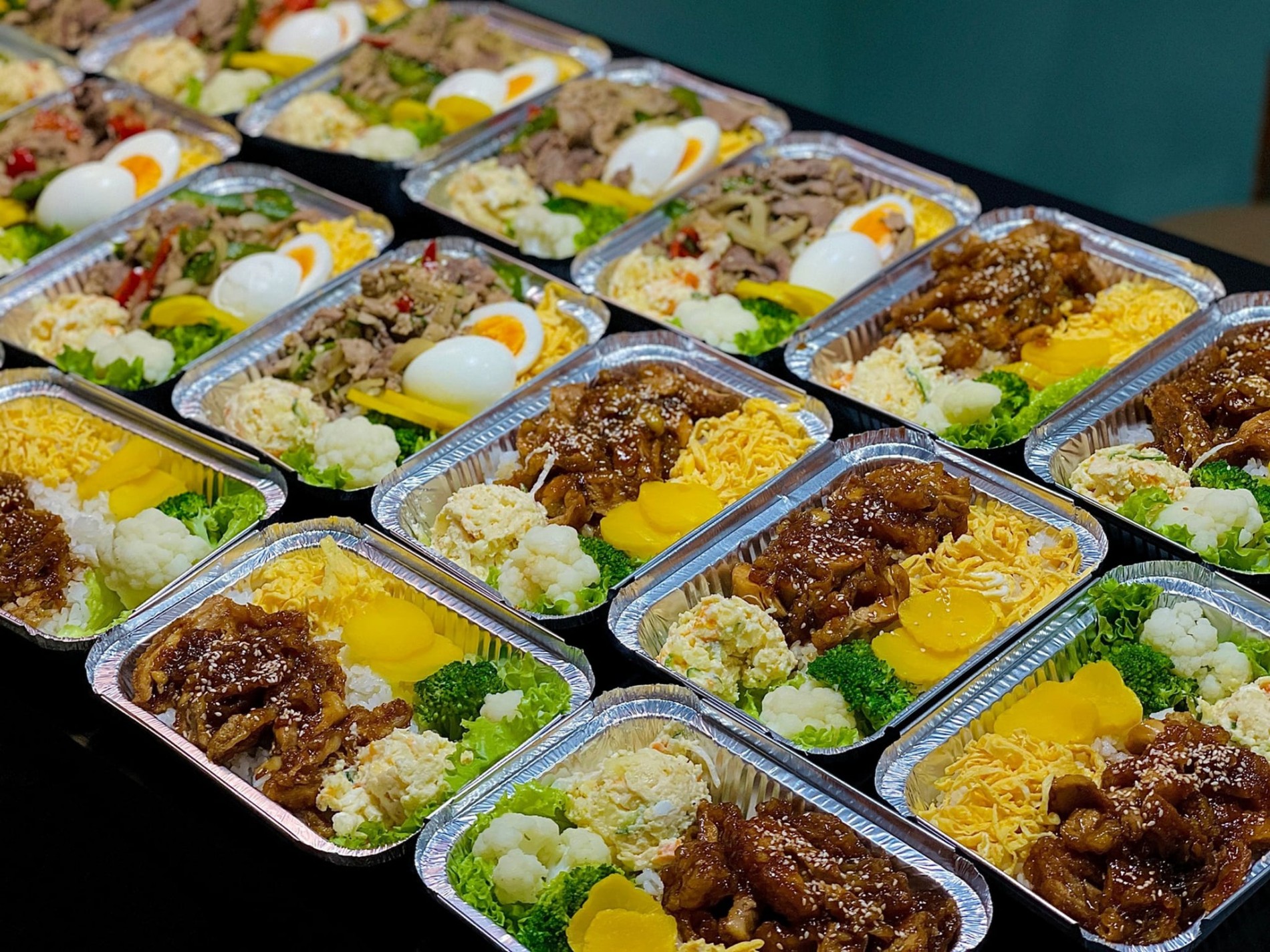
Strategic selection: The right container is purpose-built for the culinary mission.
2. Culinary Application: Mastering Cooking and Reheating Techniques
The Oven Protocol: Optimizing Heat Transfer for Perfect Results
The Pre-Heating Imperative: Always fully preheat your oven. Placing the container in a cold oven will cause the food to cook slowly and unevenly from the outside in, often resulting in a dry exterior and an undercooked center.The Airflow Principle: Place the aluminum container on the center rack of the oven. This ensures that hot air can circulate freely around all sides of the pan. CRITICAL: Never place the container directly on the oven floor, as this can block heat vents and lead to intense, direct heat that will burn the bottom of your food.The Baking Sheet Buffer: For heavier dishes like a large lasagna or a small roast, place the aluminum container on a sturdy metal baking sheet. This serves two purposes: It provides structural support when moving the flexible pan in and out of the oven, and it helps to buffer the direct heat from the bottom element, promoting more even cooking.The Cover & Uncover Strategy: For dishes requiring long cooking times (e.g., casseroles), cover the container tightly with an aluminum foil lid for the first two-thirds of the cooking time. This traps steam and heat, cooking the interior thoroughly. Remove the cover for the final third to allow the top to brown and crisp beautifully.
The Microwave Paradox: A Modern Guide to Safe Reheating
The Modern Safety Protocol:
Check Your Appliance: Only use this method in modern microwaves. Consult your microwave's user manual; many now explicitly state that smooth-sided foil containers are acceptable.Container Condition is Key: Use only smooth-walled, shallow aluminum containers. There should be no wrinkles or sharp edges. The container should be at least half-full of food to absorb the microwave energy.No Lid: Remove the foil or board lid completely. Do not use any lid.Central Placement: Place the container in the center of the turntable, ensuring it does not touch the microwave's interior walls. The clearance should be at least 1 inch (2.5 cm) on all sides.One at a Time: Never microwave more than one foil container at a time.By following these strict rules, the risk of arcing is minimized, and the food reheats quickly and evenly due to the aluminum's conductivity. When in doubt, however, the safest alternative is always to transfer food to a microwave-safe dish.
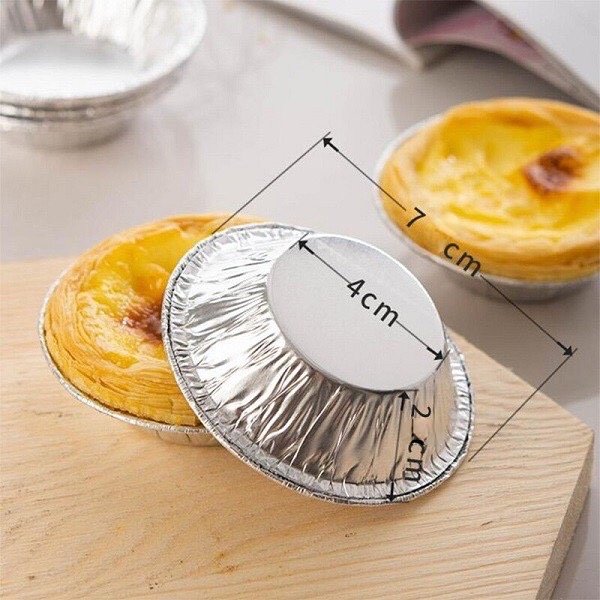
Utilizing a baking sheet provides stability and promotes even heat distribution for perfect results.
3. Advanced Utilization: Streamlining Meal Prep and Freezer-to-Oven Workflows
The Meal Prep System: A Framework for Batch Cooking Efficiency
Menu Planning: A menu for 5 dinners is planned (e.g., Shepherd's Pie, Chicken & Veggie Bake, Enchiladas).Component Prep: All ingredients are chopped, sauces are made, and proteins are cooked in bulk.Assembly Line: The components are assembled directly into 5 individual, heavy-duty foil containers.Label & Store: Each container is sealed with a board lid, labeled with the dish name and date, and stored in the refrigerator.The Result: The Busy Professional now has a ready-to-bake meal for every night of the week. Prep time is consolidated into a single 2-hour session. Weeknight "cooking" is reduced to simply preheating the oven and baking the container for 20-30 minutes. This system dramatically reduces costs, eliminates food waste, and ensures high-quality meals with minimal daily effort.
Engineering the Perfect 'Freezer-to-Oven' (FTO) Meal
The "FTO Success" Formula:
Component 1: The Right Container: An Extra-Heavy Duty, deep, rectangular container is non-negotiable. It must withstand the thermal shock of going from ~0°F (-18°C) to ~400°F (200°C).Component 2: Moisture Control: Saucy or high-moisture dishes work best (e.g., stews, curries, casseroles, chili). For drier items, add a splash of broth or water before freezing to prevent them from drying out during baking.Component 3: The Airtight Seal: This is the most critical step to prevent freezer burn.Step A: Press a layer of plastic wrap directly onto the surface of the food, removing all air bubbles. Step B: Tightly crimp an aluminum foil lid over the container's rim. Step C (Optional but Recommended): Place the entire sealed container into a large freezer bag for a third layer of protection.
Component 4: The Cooking Conversion: When baking from frozen, the rule of thumb is to increase the original cooking time by approximately 50%. The meal should be cooked covered for the majority of the time to allow it to thaw and heat through, then uncovered at the end for browning.
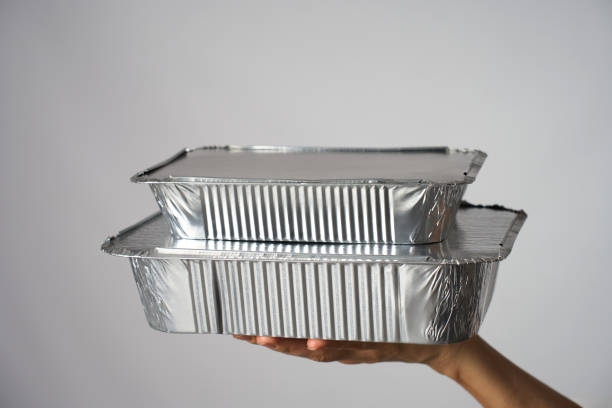
A well-executed meal prep system transforms aluminum containers into a library of ready-to-cook meals.
4. Safety & Preservation: The Critical Protocols for Food Integrity
Navigating the Acid-Aluminum Interaction
Branch 1: The Core Issue - Reactivity Aluminum is a reactive metal. It reacts with highly acidic (e.g., tomato sauce, lemon juice, vinegar-based dressings) and highly salty solutions.
Branch 2: The Outcome of Reaction Leaching: The reaction can cause trace amounts of aluminum to leach into the food. While modern studies suggest the amount is generally not a health risk for most people, it can be a concern.Pitting & Discoloration: You may see small pits or dark spots on the foil surface.Metallic Taste: Most significantly, the reaction can impart a noticeable and unpleasant metallic taste to the food, ruining its flavor profile.
Branch 3: Mitigation Strategies (The Solutions) Short-Term Contact is Fine: Using aluminum containers to cook, serve, or transport acidic foods for a few hours is perfectly acceptable and common practice. The reaction time is insufficient to cause issues.Avoid Long-Term Storage: Do NOT store highly acidic or salty foods in aluminum containers for multiple days in the refrigerator. After the meal, transfer leftovers to a glass, ceramic, or plastic container for long-term storage.Use Coated Containers: Some commercial foodservice foil containers have a thin, inert food-safe lining that acts as a barrier, making them suitable for longer-term storage of acidic foods.
The Science of Preservation: Sealing for Maximum Freshness
Method A: Simple Crimping (Low Performance) A sheet of foil is simply crimped around the rim. Result: This method creates a loose, non-airtight seal. Air easily exchanges, leading to rapid drying out of the food. It offers minimal protection against odor transfer (i.e., your baked chicken will start to smell like the onions in the crisper drawer). Effectiveness: 3/10.
Method B: Board/Plastic Lid (High Performance) A dedicated cardboard or clear plastic lid is snapped or locked onto the rim. Result: This creates a significantly tighter seal. It is highly effective at preventing moisture loss and providing a strong barrier against odor transfer. The structural integrity also allows for stacking, maximizing storage space. Effectiveness: 8/10.
Method C: The "Double Seal" (Maximum Performance) A layer of plastic wrap is stretched tightly over the container's opening, followed by crimping a foil lid or snapping on a board lid. Result: This combination creates a near-perfect airtight and watertight seal. It is the gold standard for freezing (as seen in the FTO module) and for storing pungent foods. It completely eliminates moisture loss and odor contamination. Effectiveness: 10/10.
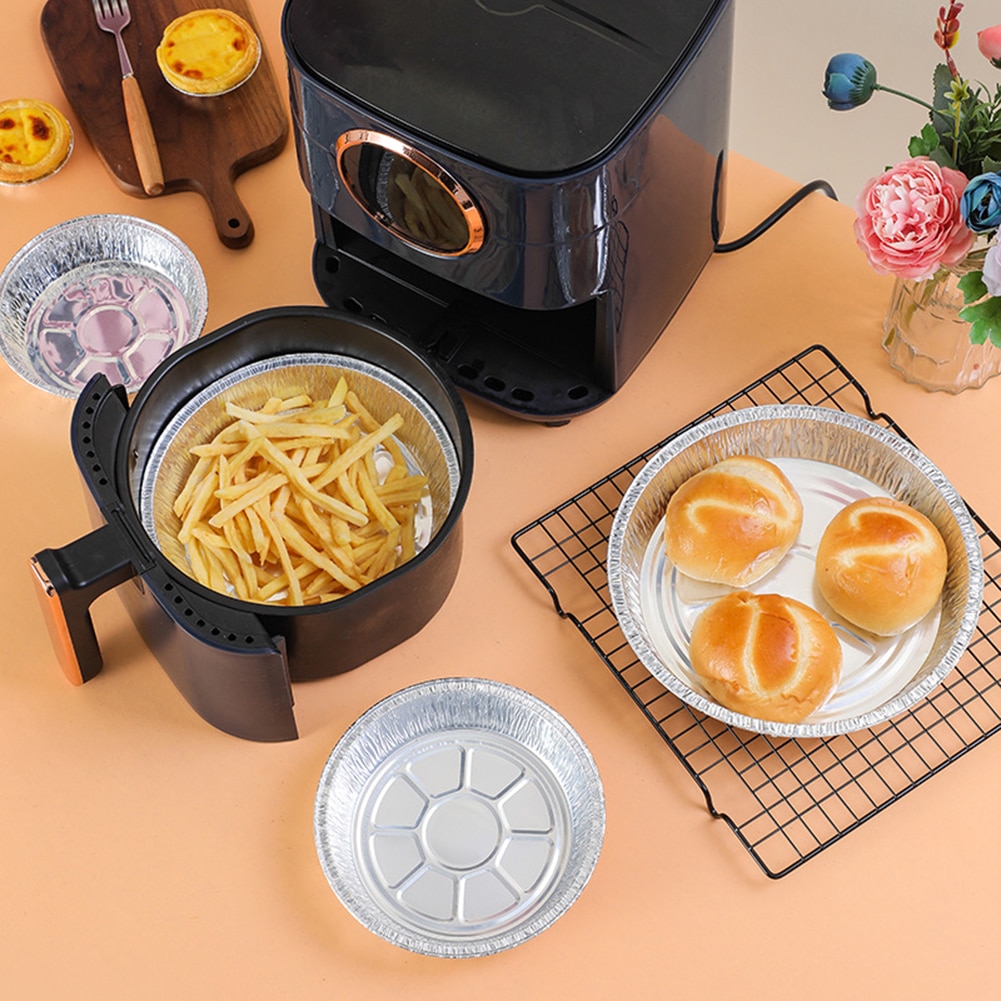
A double-seal technique using plastic wrap and a lid offers maximum protection against freezer burn and odor transfer.
5. Lifecycle Management: The Responsible Path of Disposal and Upcycling
The Recycling Protocol: A Guide to Proper Disposal
The Cleaning Step: The container MUST be clean. Scrape out all excess food particles. A quick rinse with a small amount of soapy water is ideal. Heavy grease and baked-on cheese must be removed. Why? Food contamination is a major problem at recycling facilities and can ruin an entire batch of material.The Drying Step: Briefly shake out excess water. The container does not need to be bone-dry, but it shouldn't be full of liquid.The Consolidation Step: This is a crucial and often-missed step. Small pieces of foil can get lost in the sorting machinery. To ensure your container gets recycled, either:Ball it up: If it's a small piece of foil or a flimsy container, loosely crumple it into a ball at least 2 inches (5 cm) in diameter. Consolidate: Place the cleaned, smaller foil container inside a larger one, or even inside an aluminum beverage can.
The Bin Placement: Place the prepared aluminum in your designated curbside recycling bin. Do not place it in a plastic bag first. Check with your local municipality's guidelines to confirm they accept aluminum trays and pans, as programs can vary.
The Upcycling Doctrine: Innovative Second-Life Applications
Evolution to Gardener's Tool: A thoroughly washed container becomes an excellent seed-starting tray. Poke a few small holes in the bottom for drainage, fill it with potting mix, and plant your seeds. The container is lightweight, easy to move, and protects surfaces from water.Evolution to Workshop Organizer: Small, rectangular containers are perfect for organizing small hardware. Use them in workshop or garage drawers to separate screws, nails, nuts, and bolts, transforming clutter into a neatly organized system.Evolution to Utility Tray: A sturdy half-size or full-size pan can be repurposed as a utility drip tray. Place one under a paint can to catch drips, under a car engine to catch small oil leaks, or under a potted plant to protect the floor. Its durability makes it far superior to newspaper or cardboard for these tasks.
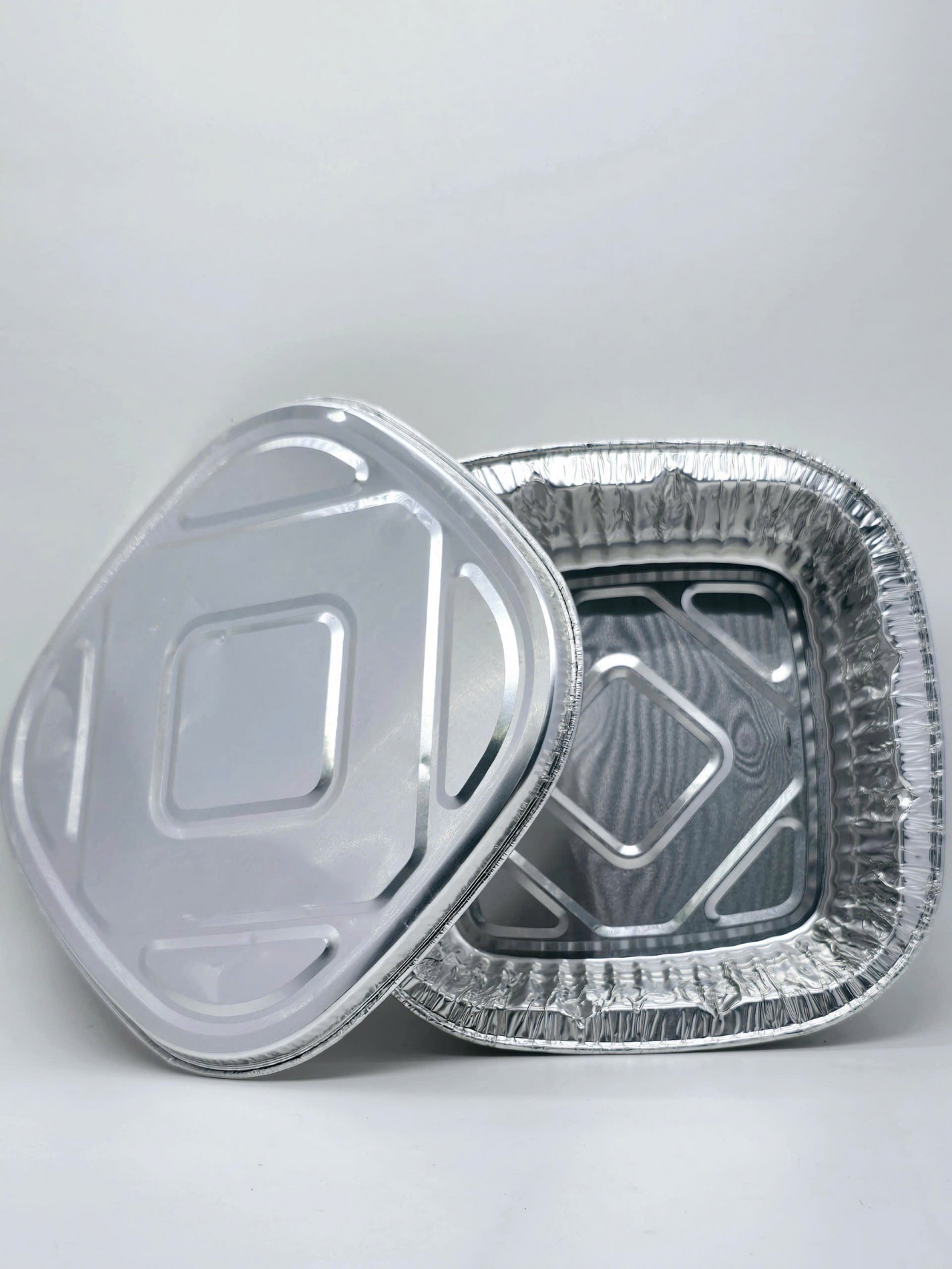
The lifecycle of an aluminum container continues through proper cleaning for recycling and creative upcycling.
The Aluminum Foil Container: A Strategic Asset in the Modern Kitchen
Loc Tu: Pioneering Excellence in Premium Aluminum Packaging Solutions
Why You Must Choose Loc Tu?
✅ Assured Quality & Safety: Crafted from premium, food-grade aluminum, free from harmful impurities, meeting international safety benchmarks.
🔥 Optimal Thermal Properties: Ensures even cooking and excellent heat retention, preserving food temperature and taste effectively.
💪 Durable & Convenient Design: Engineered to resist leaks and dents, providing reliable performance for baking, storage, and transport.
🔄 Versatile Solutions: Our extensive range caters to various applications – from baking and steaming to storing fresh food and takeaway meals.
🌱 Eco-Conscious Packaging: Made from 100% recyclable aluminum, supporting sustainability and reducing plastic waste.
🎯 Brand Enhancement: Optional custom printing available to personalize products and boost your brand visibility.
🚚 Reliable Supply & Delivery: Capable of handling large orders with dependable, on-schedule nationwide shipping.
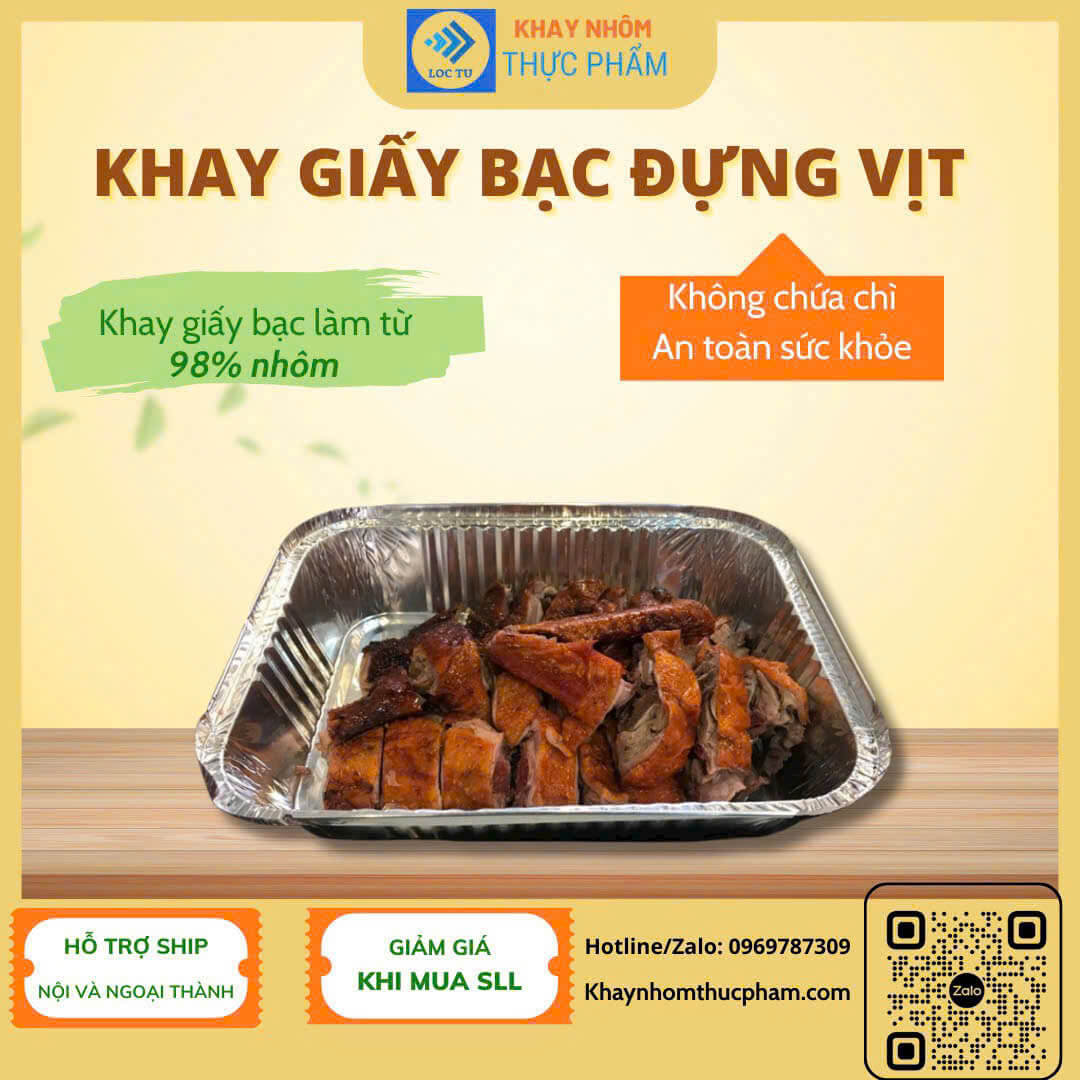
Loc Tu – Trusted Manufacturer of Durable Aluminum Foil Containers and High-Quality, Food-Safe Aluminum Foil Rolls for Your Kitchen
Your Trusted Partner in Food Packaging 📞
📌 LOC TU MANUFACTURING & TRADING CO., LTD
📌 Our Vietnamese Website: Khaynhomthucpham.com
📌 HOTLINE/ZALO: 0969.787.309
📌 Facebook: Aluminum Foil Loc Tu
📌 Youtube: Aluminum Foil Loc Tu
📌 Tik Tok: Aluminum Foil Loc Tu
📌 Instagram: Aluminum Foil Loc Tu
📌 Shopee: Aluminum Foil Loc Tu
📌 Twitter/X: Aluminum Foil Loc Tu
📌 LinkedIn: Aluminum Foil Loc Tu
📌 Pinterest: Aluminum Foil Loc Tu
📌 Tumblr: Aluminum Foil Loc Tu
📌 Threads: Aluminum Foil Loc Tu
📌 Telegram: Aluminum Foil Loc Tu
📌 Whatsapp: 0969.787.309
📌 Branch 1 (Hanoi): No. 1 Pham Tu, Beasky Building, Dai Kim Ward, Hoang Mai District, Hanoi
📌 Branch 2 (Binh Duong): No. 68, DX 051 Street, Group 17, Quarter 4, Phu My Ward, Thu Dau Mot City, Binh Duong Province
📞 Contact us today for expert consultation and the best pricing on premium aluminum trays and foil packaging solutions! 🚀
LOC TU PRODUCTION AND TRADING COMPANY LIMITED
Branch 1 (Binh Duong): No. 68, DX 051 Street, Group 17, Quarter 4, Phu My Ward, Thu Dau Mot City.
Branch 2 (Hanoi): No. 1 Pham Tu, Beasky Building, Dai Kim Ward, Hoang Mai District.
Hotline/Zalo: +84.969787309
Website: Khaynhomthucpham.com
Email: [email protected]